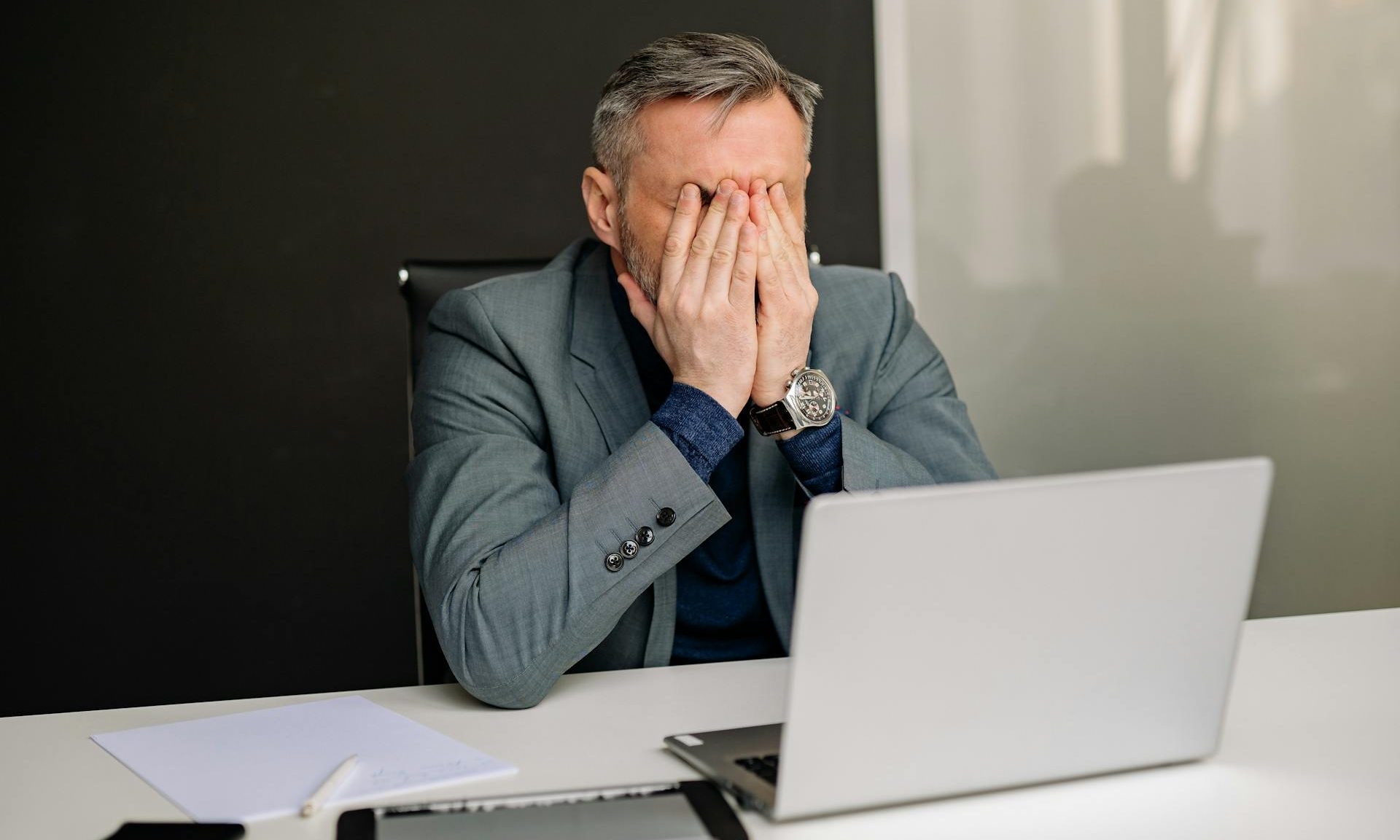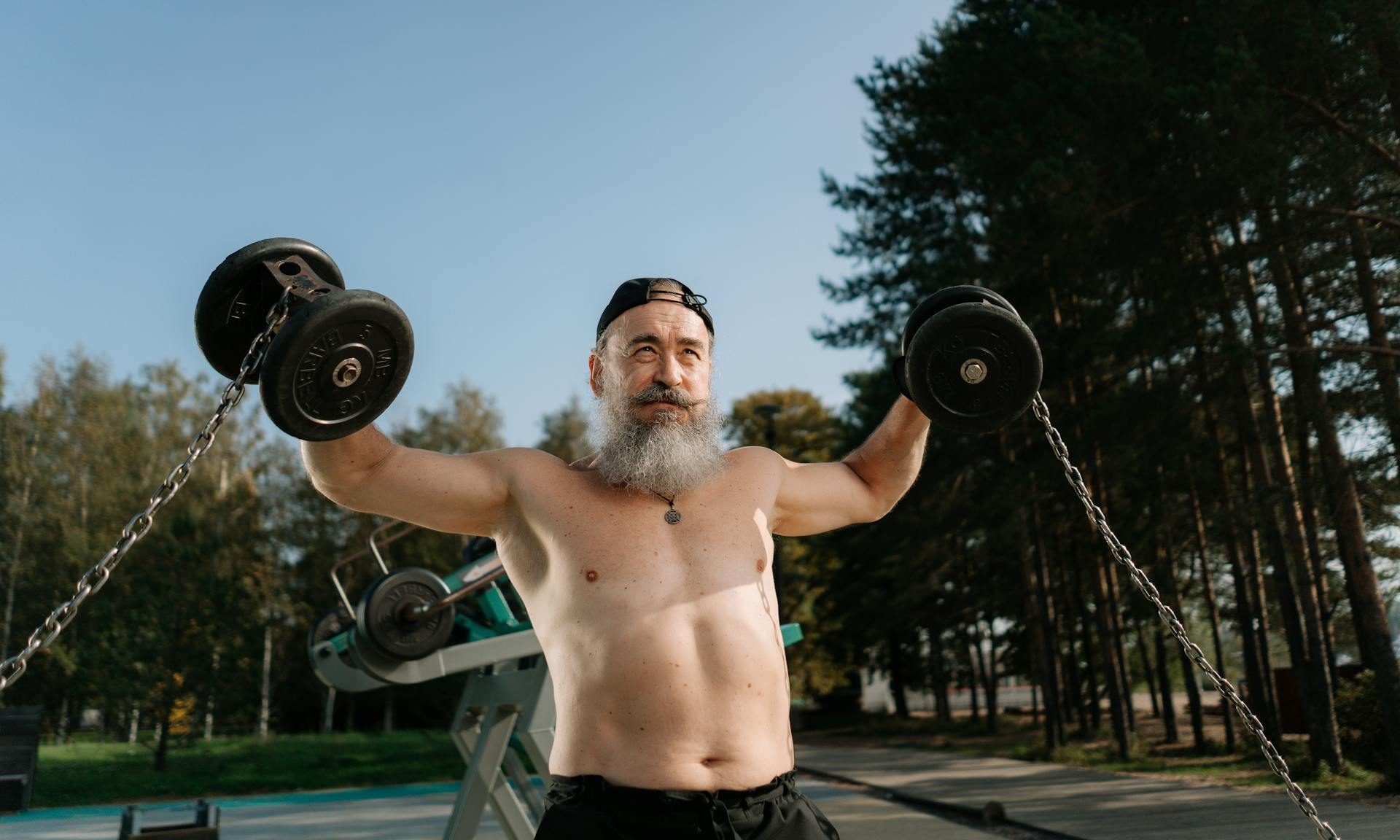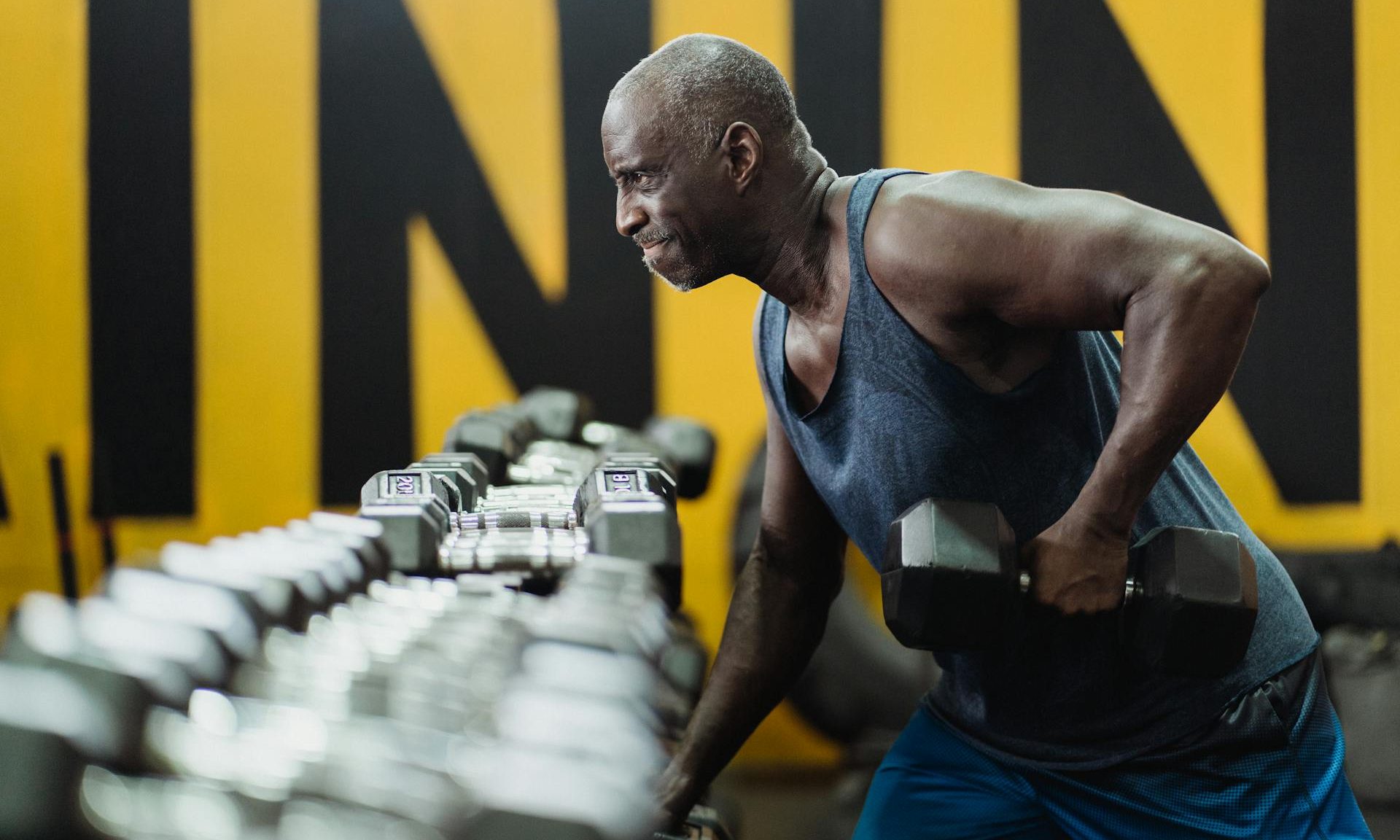According to the CDC, in 2020, 14.5% of adults had difficulty falling asleep most days or every day for the previous 30 days. Some of us just flop on the bed, and others have ways of trying to get ready for bed and lull ourselves to sleep. Insomnia is a sleep disorder involving trouble falling asleep, staying asleep, or both. People with long-term or short-term insomnia are more tired during the day and might also have difficulty concentrating.
In a brand new study, researchers explored whether different types of exercise can improve sleep quality and help with insomnia in older populations. Let’s delve into the latest research.
The study

In a study published in the journal Family Medicine and Community Health, researchers assessed 24 clinical trials involving 2,045 adults aged 60 and over. Their goal was to determine the impact of different types of exercise on insomnia.
The study involved the following different forms of exercise:
- Aerobic — cycling, dancing, brisk walking, hiking, and swimming
- Resistance training and strength training — Arm curls, wall push-ups, weightlifting with machines
- Balance — Sideways walking, heel-to-toe walking, one-leg standing
- Flexibility — Yoga, dance, Pilates, and gymnastics
- Combination exercises involving several types.
Over half of the included exercises were mild to moderate or moderate intensity. The average workout session lasted just over 50 minutes, with the average frequency being around two or three times every week. The exercise schedules lasted 14 weeks on average, and the researchers used the Global Pittsburgh Sleep Quality Index (GPSQI) scale to assess sleep and sleep quality.
The results

Researchers reported that strength training, bodyweight exercises, and resistance training (weightlifting) helped reduce sleeplessness the most. Using the GPSQI scale, strength and resistance exercises improved GPSQI by 5.75 points.
Aerobic exercises like cycling, brisk walking, or swimming improved the GPSQI by 3.76 points. A combination of exercises like aerobics and Pilates also helped with insomnia and improved the GPSQI by 2.54 points, but it wasn’t as effective as resistance training.
The takeaway

What this means for us is that no matter our age, we can still get the benefits of exercise. If you’re having trouble sleeping, it’s worth ramping up your workout schedule with varying types of exercise to improve your sleep quality. The researchers noted that exercises that build muscle strength are optimal for battling insomnia, so it could be time to lift more weights. Powering through those planks, push-ups, and bicep curls might just help you drift off to dreamland.




